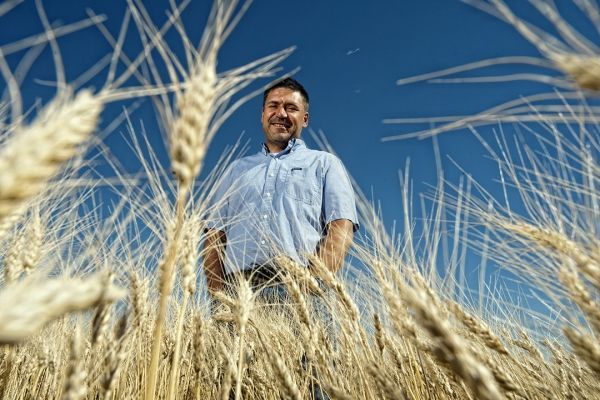University of Saskatchewan (USask) researchers played a key role in an international consortium that has sequenced the entire genome of durum wheat—the source of semolina for pasta, a food staple for the world’s population, according to an article published today in Nature Genetics.
“This ground-breaking work will lead to new standards for durum breeding and safety of durum-derived products, paving the way for production of durum wheat varieties better adapted to climate challenges, with higher yields, enhanced nutritional quality, and improved sustainability,” said Luigi Cattivelli of Italy’s Council for Agricultural Research and Economics (CREA).
In an exciting discovery, USask plant breeder Curtis Pozniak, along with University of Alberta scientists Gregory Taylor and Neil Harris, identified the gene in durum wheat responsible for accumulation of cadmium, a toxic heavy metal found in many soils. The USask team discovered how to significantly reduce cadmium levels in durum grain, ensuring the safety and nutritional value of the grain through selective breeding.
The durum wheat genome is four times as large as the human genome. The team has for the first time assembled the complete genome of the high-quality Svevo variety.
Continue reading at University of Saskatchewan.
Image via University of Saskatchewan.


